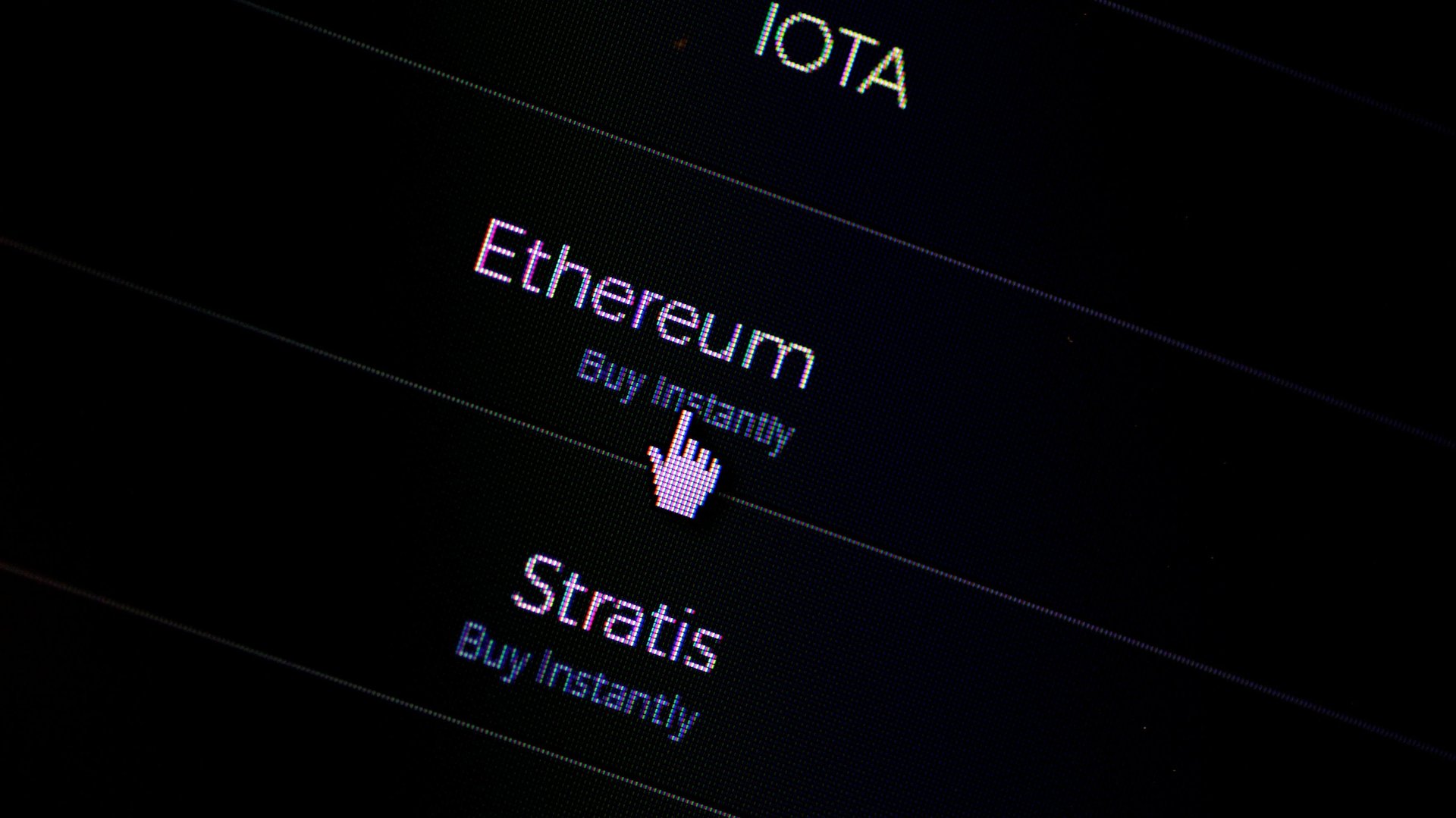The SEC is cracking down on small-time “initial coin offerings,” but the mega ICOs are here to stay
The US Securities Exchange Commission on Sept. 29 charged two companies running “initial coin offerings” (ICOs) with fraud and selling unregistered securities. Both firms were run by Maksim Zaslavskiy, who was also charged with defrauding investors. The regulator said Zaslavskiy claimed his tokens were backed by real estate and diamonds, but that wasn’t the case. The SEC said he had raised $300,00 from investors.


The US Securities Exchange Commission on Sept. 29 charged two companies running “initial coin offerings” (ICOs) with fraud and selling unregistered securities. Both firms were run by Maksim Zaslavskiy, who was also charged with defrauding investors. The regulator said Zaslavskiy claimed his tokens were backed by real estate and diamonds, but that wasn’t the case. The SEC said he had raised $300,00 from investors.
Initial coin offerings have raised nearly $2 billion this year, with teams generating hundreds of millions in a matter of hours with nothing more than a website and promises of revolutionary new products. Regulators around the world have banned trading of crypto tokens issued through ICOs to protect against fraud, but the US securities regulator has remained surprisingly lax—until the latest charges.
Previously, the SEC had simply issued an investor alert, warning consumers that trading in ICOs was fraught. It had also let another notorious case—the Decentralized Autonomous Organization (the DAO)—off with a slap on the wrist. It found that the DAO broke securities law, but didn’t file charges. Some cryptocurrency market observers see the latest case as a sign that the SEC will step up its oversight and enforcement of ICOs.
Despite the aura of chicanery surrounding ICOs, strenuous efforts are being made in the cryptocurrency to legitimize them. One of the most interesting attempts is a legal framework created by law firm Cooley in New York, and firms with vested interests in making ICOs work, published today. It argues that it has come up with a “simple agreement for future tokens” (SAFT) framework that will allow token sales to be compliant with US securities laws.
This is important because several major ICOs had excluded US individuals from participating to date. If the SAFT approach holds up, a major source of liquidity to ICOs—US investors—could be unlocked and flow into these funding mechanisms.
The SAFT argument hinges on ensuring the that the issued cryptotokens fail the Howey test, the measure of whether a financial instrument is a security. In order for tokens to fail the test and not be considered securities, Cooley argues, they must be delivered to investors only after a functioning product or service is in place. “The network and the token must be genuinely useful such that they are actually used on a functional network,” according to Cooley’s paper.
The SAFT approach differs from some of the biggest ICOs to date, which have delivered the tokens to investors within days of closing the token sale—well before the tokens could perform any useful function besides being traded on secondary markets. These so-called “pre-functional utility tokens” therefore pass a key part of the Howey test: that there is an expectation of profit from the efforts of others.
One of the firms involved in the Cooley paper is Protocol Labs, which is behind the biggest ICO to date—$252 million, with the bulk of it raised in 60 minutes—for a decentralized file storage network called Filecoin. It’s worth comparing the numbers at work in the Filecoin case with the $300,000 that the SEC says Zaslavskiy defrauded his investors of.
It would appear that the US regulator is less interested in cracking down on mega offerings backed by major law firms and Silicon Valley personages, and more interested in catching small-time fraudsters exploiting ICO hype. Initial coin offerings won’t be going away anytime soon.